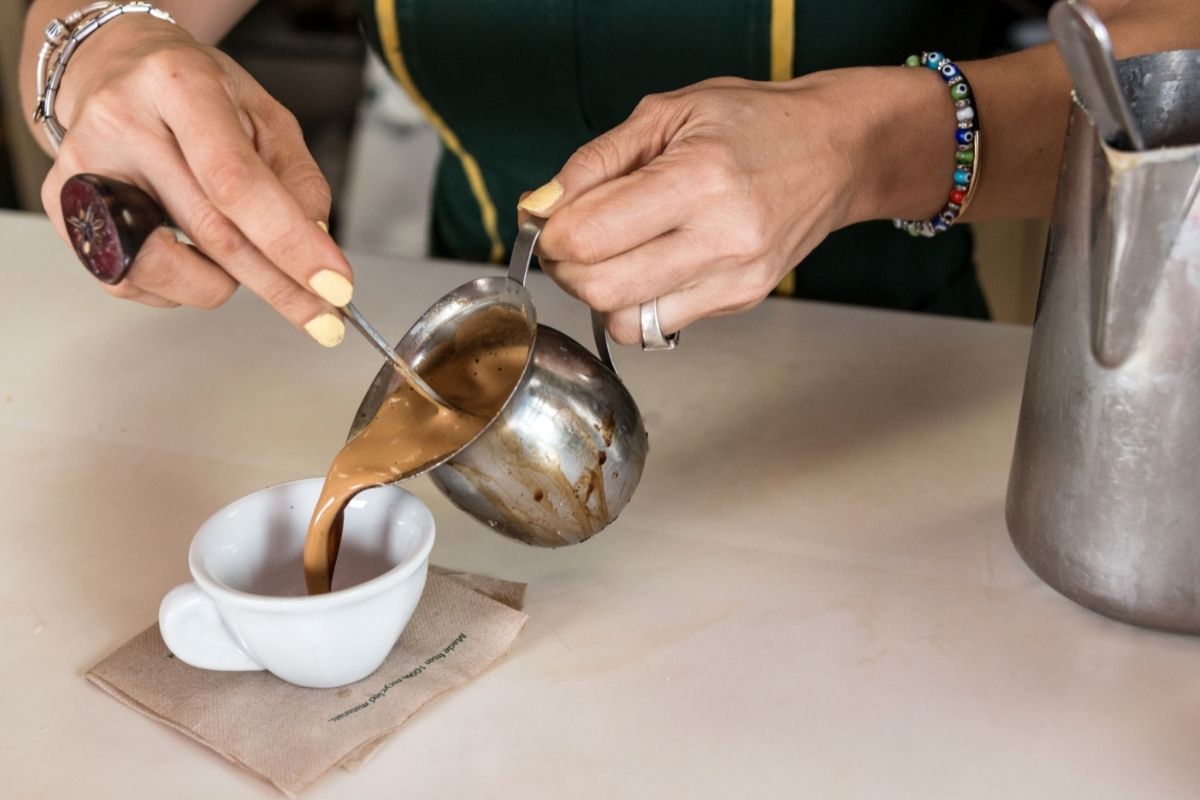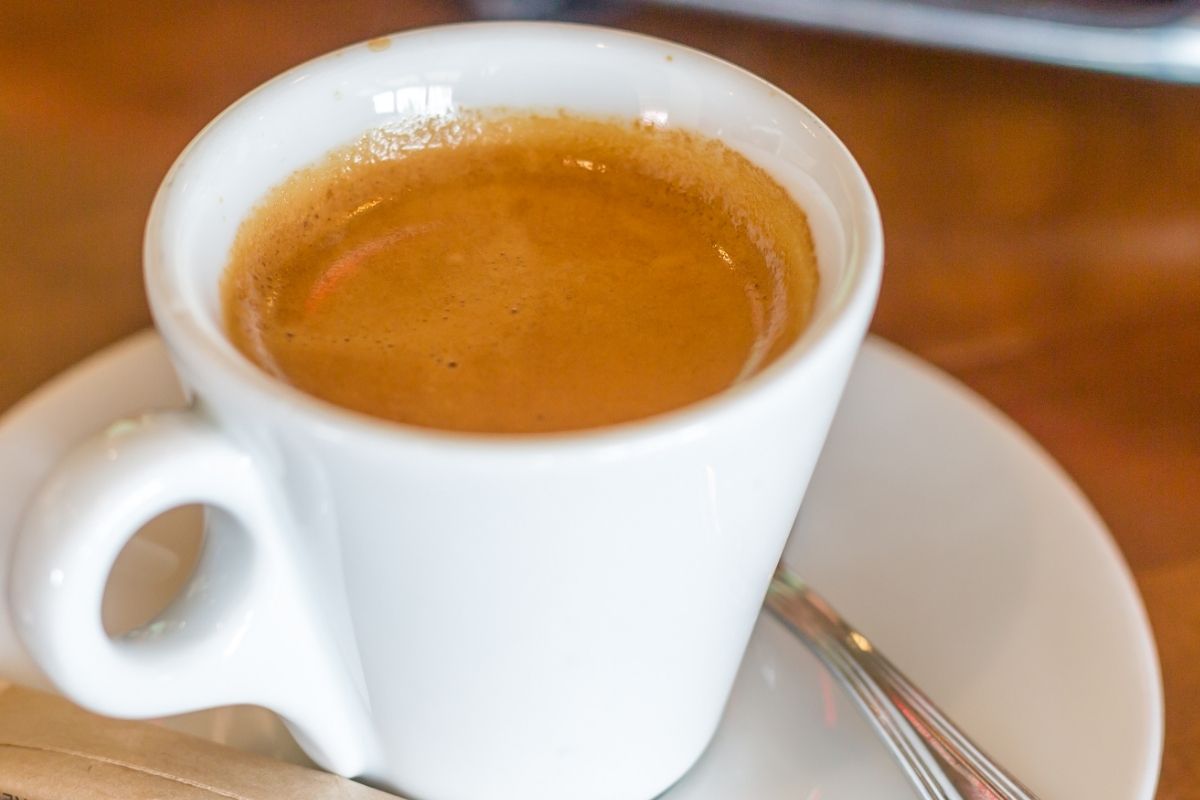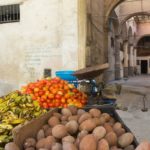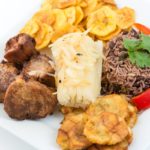Those who love their coffee hearty and robust are always looking for the next big strong hit to blow them out of the water.
Does Cuban coffee deliver?

Every region of the world has its own slightly different way of making that delicious beverage we call coffee, and Cuba is no exception.
As Cuba is a temperate zone, it grows coffee beans on the island, and it is one of the main exports of the Caribbean island.
In this article, we’ll discuss a little bit about what makes Cuban coffee particularly Cuban, the brewing methods most used when serving it, and any differences between other cultures’ versions of preparing coffee and espresso.
If that sparks the interest of the coffee nerd in you, read on to find out more!
What Is Cuban Coffee?
Cuban coffee is no different from espresso coffee that is found in other regions of the world, apart from the fact that the coffee beans are grown in Cuba.
Most Cuban coffee drinks are espresso-based and made either by espresso machine or by Moka pots, the same as many African and European coffee cultures.
Cafe Cubano is probably the most common way to drink coffee in Cuba and involves adding sugar to the brewing process.
The unique flavor is created when the first dots of coffee amalgamate with the sugar water, making it have a different flavor and texture than if you added sugar at the end of pouring the espresso shot.
This adds a sticky sweet edge to the powerful espresso-based drink that is usually topped with a small amount of steamed milk, similar to an Italian macchiato.
It leaves a slightly grainy and sugary paste at the end of the coffee, and a light sugary foam on top of the espresso.
How To Make A Cafecito
- Fill up a regular coffee cup with your granulated sugar.
- Prepare your espresso shot as you normally would for your machine and get ready to pull it.
- Quickly start pouring your shot, letting the first few drops of your coffee fall over the cup with the sugar inside.
- Once your drops have been captured, remove this cup and place your regular espresso cup underneath to catch the rest of your shot. Remember you should work quickly so do this in one swift motion to avoid burning your hands.
- Once the espresso has been captured in your espresso cup, quickly stir the droplets of the espresso with your granulated sugar to form a pale thick foam.
- Pour this mixture over your finished espresso shot and slowly stir together to combine the two ready for you to enjoy.
Another sweet creation that is common in Cuban coffee is called a Cortadito.
This can be made in exactly the same way as a Cafecito can be made above, however, you add more sugar than usual to the espresso shot and warm up some evaporated milk over the stove.
Once the beautiful sweetened milk is warmed, you can add your Cafecito and enjoy this luxury beverage.
This is also typical of a cafe con leche or coffee with milk that you would typically find across a lot of other coffee cultures.
Another great way to enjoy Cuban coffee together is by having between 4 and 6 shots of espresso served in a large glass.
This is known as a Collado and comes with a lot of smaller cups that you can share amongst your social circle.
Is Cuban Coffee Stronger Than Espresso?
No, it is not. For the most part, Cuban coffee is drawn with the same traditional methods that you would find across the globe.
They tend to use Moka pots, which are more readily available than espresso machines for the average person, and other brewing methods such as caffetiers, and pour-overs.
This is due to the Italian influence on the island, and you can see this clearly in the legacy that coffee now has in Cuban coffee culture.
The History Of Coffee In Cuba

During the mid to late 1700s, Cuba started to grow coffee under the watchful eyes of its oppressors, the Spanish.
From 1790 onwards, Spain was exporting huge amounts of coffee beans from Cuba, and the coffee industry expanded even more so when French farmers started to use the fertile Cuban lands to propagate coffee.
From as early as 1820, coffee exports started to outdo sugar sales in Cuba.
After the 1956 Cuban revolution, the coffee industry on the island was nationalized.
Herein started the decline in the coffee sales and production and with the support of the Soviet Union, it grew again until the 1990s when it again began to diminish.
Cuban coffee drinks are called Cafecito or Cafe Cubano and use the same espresso-based style that has been brought over since Italians came over to the island.
Where Is Cuban Coffee Grown?
There are many different coffee-growing regions within Cuba but the main most important one is in the eastern section under the Sierra Maestra mountains.
This rich soil allows for favorable coffee cultivation and the fertile lands let coffee grow without the need for fertilizers or pesticides.
Because of this, Cuba has a reputation for growing fantastic coffee. The main coffee that is cultivated within Cuba is Arabica beans.
Cuban coffee is traditionally prepared amongst the mountain’s people who roast the coffee beans and then pulverize them with a wooden mortar before passing them through cloth bags in hot water.
Another area where coffee is grown in Cuba is under the Escambray Mountains situated in central Cuba.
The Western regions also have coffee that is farmed in Guaniguanico.
For the last 200 years, Cuban farming has been done in the same manner in terms of cultivating coffee beans.
This means that most of the coffee that comes out of Cuba is organic which makes it a fantastic choice for people who would prefer not to have any fertilizer affecting their drink quality.
This is also fantastic for soil regeneration and because the coffee plants are protected from the harsh weather elements in the Caribbean by the trees surrounding them, Cuban coffee is considered some of the best on the planet and it’s also usually far more sustainable in the way that it is produced.
Certain coffees have also been produced specifically to go alongside some of the finest in Cuban cigars as the two cultures often merge seamlessly together.
Final Thoughts
Cuban coffee is made in a variety of different ways, and many ways that are not so different from espresso coffee.
The methods themselves vary and the main thing that makes Cuban coffee Cuban is the beans that are grown on the island.
If you are looking for some top-quality and usually organic coffee, Cuban coffee is a great high-quality one to go for if you can find it.
Whilst these come in many different forms, the majority of Cuban coffee is different because the hot liquid of the fresh espresso is mixed in with sugared water as it is brewed which makes it taste different than if you added sugar to your espresso at the end.
- What Is The Largest Island In Cuba? - September 19, 2022
- Havana – Why Is It Cuba’s Most Exciting City? - September 19, 2022
- Cheapest Time To Visit Cuba (Ultimate Guide) - September 19, 2022








